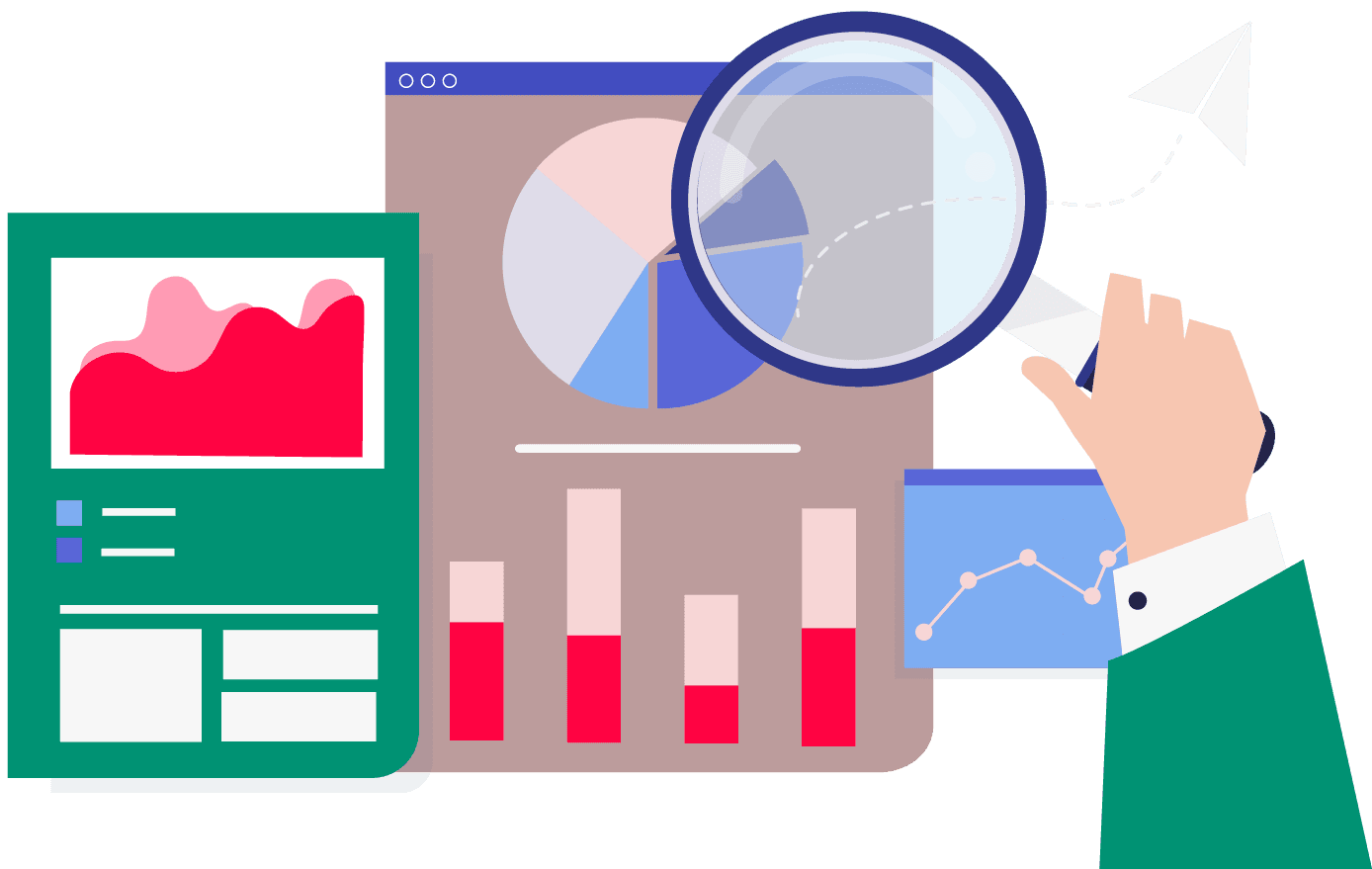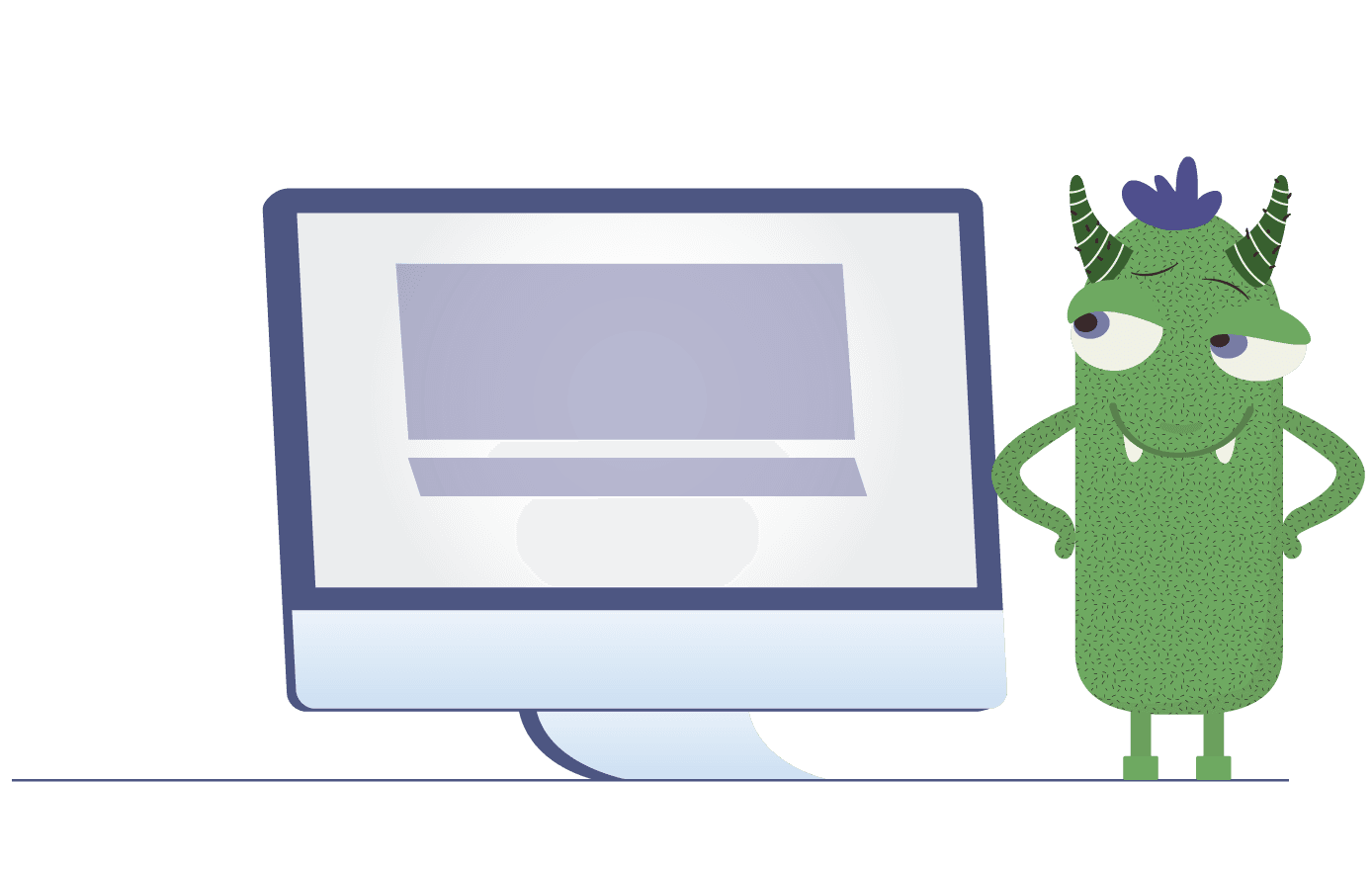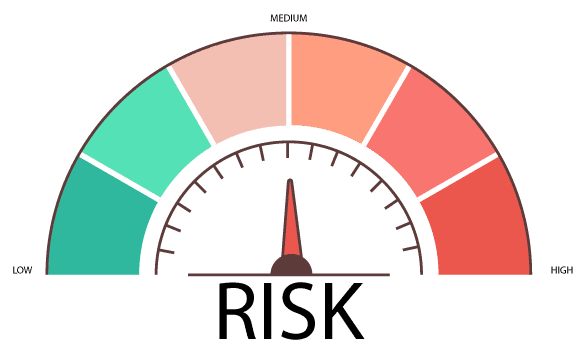Our partner, XM, lets you access a free demo account to apply your knowledge.
No hidden costs, no tricks.

Becoming a trader is not an easy task. In fact, it requires a lot of dedication, research, and financial resources to be successful in the markets. That should come as no surprise because if it was simple, everyone would be doing it. However, if one is ready to put in some effort to start his/her trading journey, things can actually get pretty realistic.
What we want to say is that there is no specific recipe for success. But, you will definitely have a better chance of performing well if you commit yourself to learning new skills, and with a bit of effort, you can contribute a lot to your financial success and Forex trading ability.
“All the math you need in the stock market you get in the fourth grade.” - Peter Lynch
In this guide on how to become a trader from home, we are going to provide you with all the necessary information you might need to get started on this journey. So get ready as we look at some simple things you need to consider before getting started.

These are some of the most basic things that you should keep in mind when starting out. Once you decide to become a trader, you can embark on your journey by passing through these five fundamental stages:
The first step to becoming a trader is to have a general idea about some of the most important things related to trading. That’s why we recommend you build a solid understanding of financial markets since the amount of risk and the expected successes vary based on the strategy you are implementing and the market you are trading in. To begin, we would advise you to investigate those marketplaces that are available to you. Make sure that you grasp the fundamental distinctions between each of them and how they operate.
That being said, let’s take a look at some of the most popular asset classes that are traded by tens of thousands of people on a daily basis:
Because of the large number of currency traders, this is the world's most liquid market. It is also considered the most volatile one, presenting traders with a unique set of hazards and rewards. Most FX markets trade 24 hours a day 5 days a week, which means that the market can easily shift when you are not watching. That’s the main reason why Forex might take the most time and require the most energy to master.
Shares (also called stocks) are a prominent type of financial instrument. When investing in stocks, it is essential to conduct research on the company, industry, and the stock exchange where it is traded. Unless your supplier supports after-hours trading, your trading will be limited to the exchange's regular business hours.
This is another popular trading asset class as it offers several potentials for profit, but keep in mind that this market also produces a high level of risk. Commodity prices can fluctuate continually as the pace of production and consumption changes pretty quickly. This market is highly dependent on news relating to regulations, trade, and other similar subjects that will have an effect on commodities.
This one can be a perfect choice for individuals who wish to speculate on the performance of a group of stocks rather than just 1. Stock indices tend to be more volatile than individual shares due to the large number of components that might influence the market.
Cryptocurrencies can be traded just like any other fiat currency that people use in their everyday lives. The crypto market does not seem to be influenced by traditional causes, but rather introduces a new field of expertise that traders must get acquainted with. Things like blockchain, scalability, and decentralization are all things that a trader will need to learn in order to effectively navigate this market.
Familiarizing yourself with each of these markets will be the best way to figure out which one you find most interesting and which can be most profitable for you.

It might be pretty obvious, however, another good way to learn to trade is by first seeing how things work in general. So, opening a trading account with a reputable online broker is the second simple step. That way, you will have the possibility to learn to use the account interface and take advantage of the free trading tools that are only available to customers. Nowadays, virtual trading is available with almost all kinds of brokers, and it won’t be a hard task to find one.
Do keep in mind that researching the market might take a long time. It is always possible to read reviews from others on the internet, but that takes time too. So, in order to save you precious hours of searching, we are going to recommend one of the best brokers available on the net today, which is AvaTrade. So let’s take a look and see how to sign up for the website in an easy and stress-free way.
To start the registration process, you will have to locate the “Register now” button that is located at the top right corner of the website. Just click it to get started. At first, you will only need to submit some basic information about yourself, such as your email address and password. However, the broker does adhere to the KYC policy, which requires you to confirm your identity.
In addition to the standard account that they offer, the broker also provides traders with the option of opening a demo account. If you are new to the market, a demo account might be quite beneficial. This kind of account can assist you in better understanding how Forex trading works and gaining the necessary skills to later open a live trading account and make a success of it.
For this next step, we turn to the old adage that says, “education is key”. Luckily there are plenty of financial publications, books on the stock market, courses, and so forth, as well as a massive amount of information available on the internet about trading, and the good news is that you can find most of it for free.
It is critical not to become overly focused on a particular facet of the trading game. Instead, research anything market-related, including ideas and notions you don't think are very important right now. Even if you believe you know precisely where you're heading right now, your wide and deep market knowledge will come in handy during the process of learning the stock market.
We would also advise you to begin following the markets when you have some time to spare. It’s a good idea to spend a bit of time each morning looking at price movements across different markets and catching up on some international news. This will help you learn more about overnight price changes in foreign exchange markets and soon you will be able to spot some correlations between what is happening in the world and how the markets react to those events.
In the past, traders did not have to monitor the worldwide markets as closely, however, due to the rapid expansion of computerized trading and derivative products that connect equities, FX, and bond markets in the different parts of the world, all of that has changed.
In addition, another great way to get familiar with trading is to follow financial reports and the news closely as these will provide a lot of useful information on changes, impacts, and global financial trends.

The next stage is to develop a trading strategy that will assist you in making a profit in your selected market, as well as to specify how you will enter and exit deals. A trading strategy is a key driver behind your financial plan and will guide the decisions that you make. It should help quantify your aims, ensuring that you are consistent and not making judgments based just on impulse.
You may start your trading journey in a number of different styles. No matter which one you choose, the goal stays the same - to profit from price swings in an asset. The distinction is in how frequently you want to trade and how long you want to keep your positions open. There is no specific answer as to which one you have to choose since the best trading strategy for you will be determined by your personality, lifestyle, and the amount of time you wish to spend trading.
Once you've settled on your trading style, you can then start developing your trading strategy. This should include the steps you will take in order to carry out your trading strategy, as well as your motives, goals, and how much cash you can afford to invest.
Market analysis is an important aspect of developing a trading strategy since it aims to use available information to forecast market behavior and develop a process for finding entry and exit points. There are two categories of market analysis namely technical and fundamental analyses.
Technical analysis is founded on the idea that what happened previously may help predict what will happen in the future. Traders can construct a trading strategy by examining charts and using price-based indicators, resulting in a system that profits from price patterns and trends.
Fundamental analysis relies on attempting to discover an asset's fair market price, then making a prediction as to upcoming price adjustments that could lead to profits. Thus, a trader might profit from a market correction by finding underpriced and overpriced assets. Traders seek out these chances by analyzing macroeconomic data, such as GDP numbers and employment statistics, as well as keeping an eye on news and political events.
It is crucial to remember that markets may be quite unpredictable, and it is hard to entirely forecast their behavior. A well-thought-out trading plan, on the other hand, may help you prepare for any kind of outcome.

Risk is an integral part of working as a trader. The term risk in trading means that your decisions may not always result in the desired outcome. The most common thing you can come across is the fact that your deal will lose money. Moreover, if you use leverage, a transaction may lose more than you put in.
Losses are an inherent element of trading and must be accepted by all traders who participate in the markets. Potential losses, on the other hand, can be reduced by implementing a risk management approach. You may gain control of your trading by understanding more about the specific dangers that each market presents and employing risk management techniques such as stop-losses to limit your risks.
“Novice Traders trade 5 to 10 times too big. They are taking 5 to 10 percent risk, on a trade they should be taking 1 to 2 percent risk on.” - Bruce Kovner
Basically, stop-loss orders are placed to end a transaction when a specified price is achieved. Knowing when you want to quit a trade ahead of time allows you to avoid potentially huge losses. Stops and limits can be used by traders to impose a risk/reward ratio which can be 1:1 or greater. What this means is that you are risking 1 dollar to potentially make another $1. Once you put a stop and a limit on your deal, you make sure that the limit is as far away from the current market price as the stop.
Leverage in Forex permits traders to get more exposure than their trading account would normally allow, implying more profit potential but also incurring a greater amount of risk. As a result, leverage should be used with caution. Generally, traders with a small balance on their accounts tend to have significantly more risk when using leverage than those who have a lot of capital to play with. Based on this, traders should be careful of employing leverage and be aware of the dangers it entails, at least when at the beginning of their trading journey.
Once you are familiar with all the basics of how to trade stocks, and you have spent some time practicing on a demo account, the next important question to answer is how much money you are going to need in order to start trading. To be honest, it is completely up to you how much you wish to start with. However, the majority of online brokers will have some minimum deposit requirements. The amount mostly ranges somewhere between $10 and $500, but you are also likely to come across brokers who will ask for much more capital as a minimum deposit.
It is important to mention that some brokers do need lower quantities. But you may also find that your profit potential is greatly limited when trading with smaller amounts. For example, if you deposit $100, you will be able to make a minor transaction on a single currency pair but not on multiple currency combinations at the same time.
What we have discussed so far is definitely some crucial things that every beginner trader should keep in mind. But there are other traits that are also good to have. A trader's most vital characteristics, in addition to education and experience, are consistency and mental resilience. Discipline is required to stick to one's trading plan in the face of day-to-day adversities; without trading discipline, tiny losses can balloon into large ones.
There is a saying that traders have which is always the right advice, “plan your trade, then trade your plan”. What this means is that each time you enter the market you should have a clear idea of what you expect to happen, it should fit into your trading strategy, and you could follow through even if things don't go your way. A well-planned trade has got stop-loss and take-profit orders set, analysis done, and expectations at the right level. Leave your emotions at the door and let logic prevail.
Mental resilience is another essential aspect of trading so that when you don’t perform well, you still have the courage to get up and try again. Things won't always go in your favor, see be prepared for it and you will be well on your way to becoming a successful trader.
"An investment in knowledge pays the best interest." - Benjamin Franklin
All in all, when learning how to trade, begin your trading adventure by gaining a thorough understanding of the financial markets, study charts and observe price movements, develop strategies based on your findings, test those strategies in a demo account, and once you feel confident, take a leap into the exciting world of real trading.
Our partner, XM, lets you access a free demo account to apply your knowledge.
No hidden costs, no tricks.
In order to start trading, first, you need to gain a basic knowledge of some things that you are going to come across in the everyday process. For instance, it’s always a good idea to start by reading financial market data, which can be done by analyzing different charts and price movements on a regular basis. Once you have enough expertise, you can put your theoretical knowledge into practice by opening a demo account with a reliable broker.
If your goal is to become a full-time trader, then you should estimate that it is going to take you 6 months to a year before you will start becoming a proficient trader, and can take up to 2 years, or sometimes even longer to be able to make a living from it. That’s mainly because you need a lot of knowledge, and you can’t learn everything in a day.
There is not a specific amount that you should start trading with. It all depends on what your goals are and how much you are willing to spend. For instance, if you are more into day trading you can start with as little as $100, however, the returns that you’ll get will be limited. It is typically advised that you should not utilize more than 1% of your account balance on a single deal.